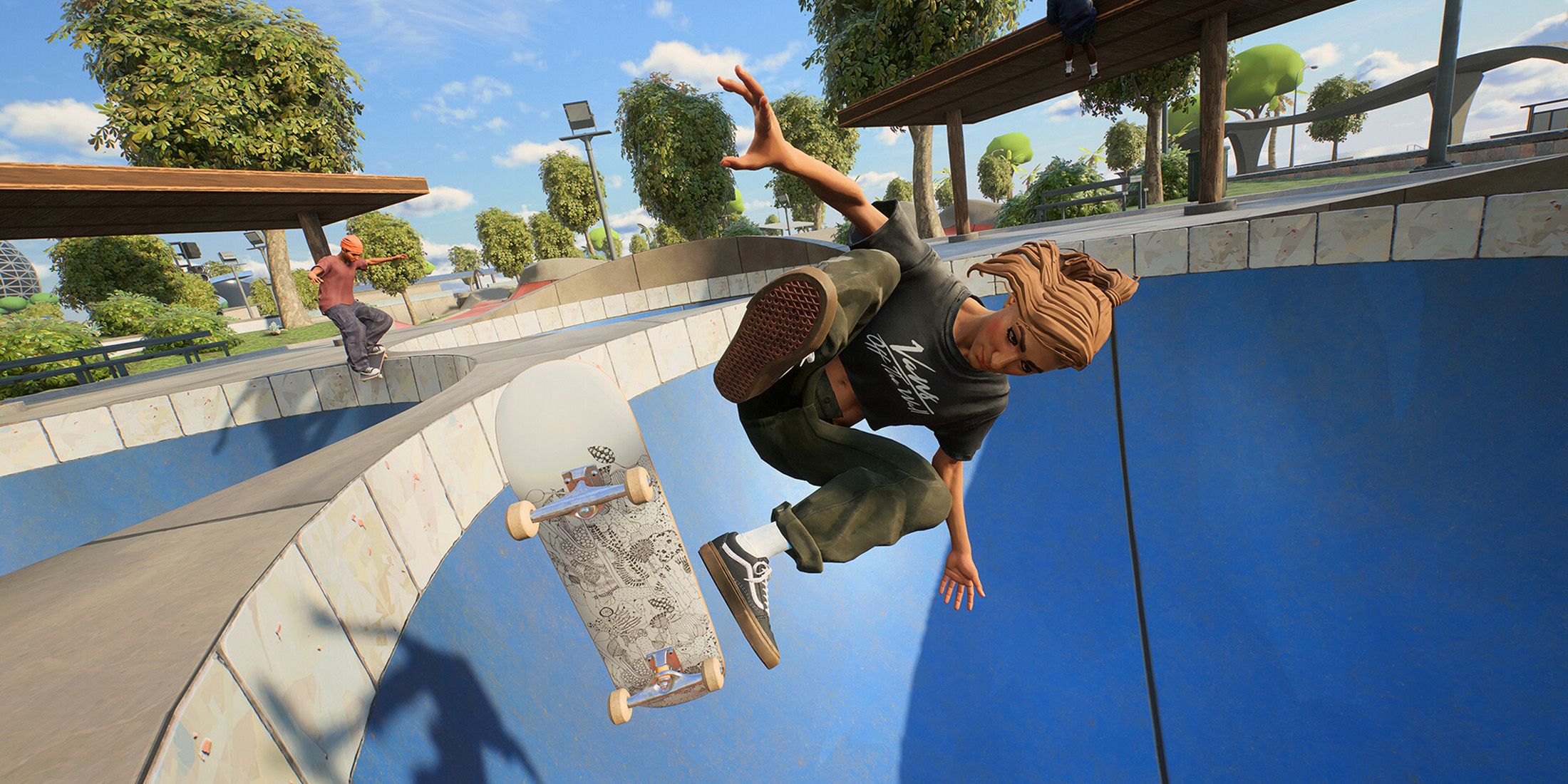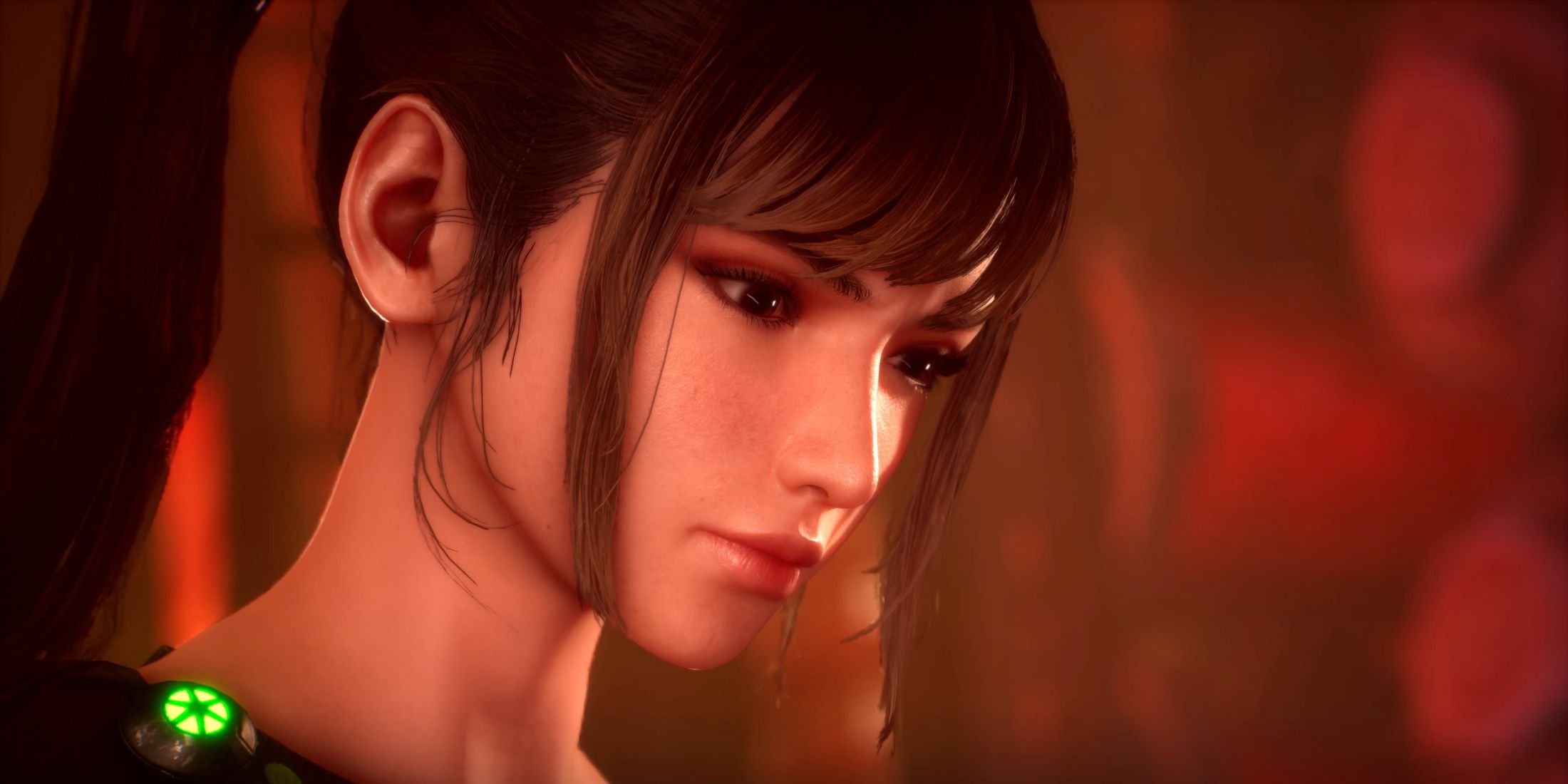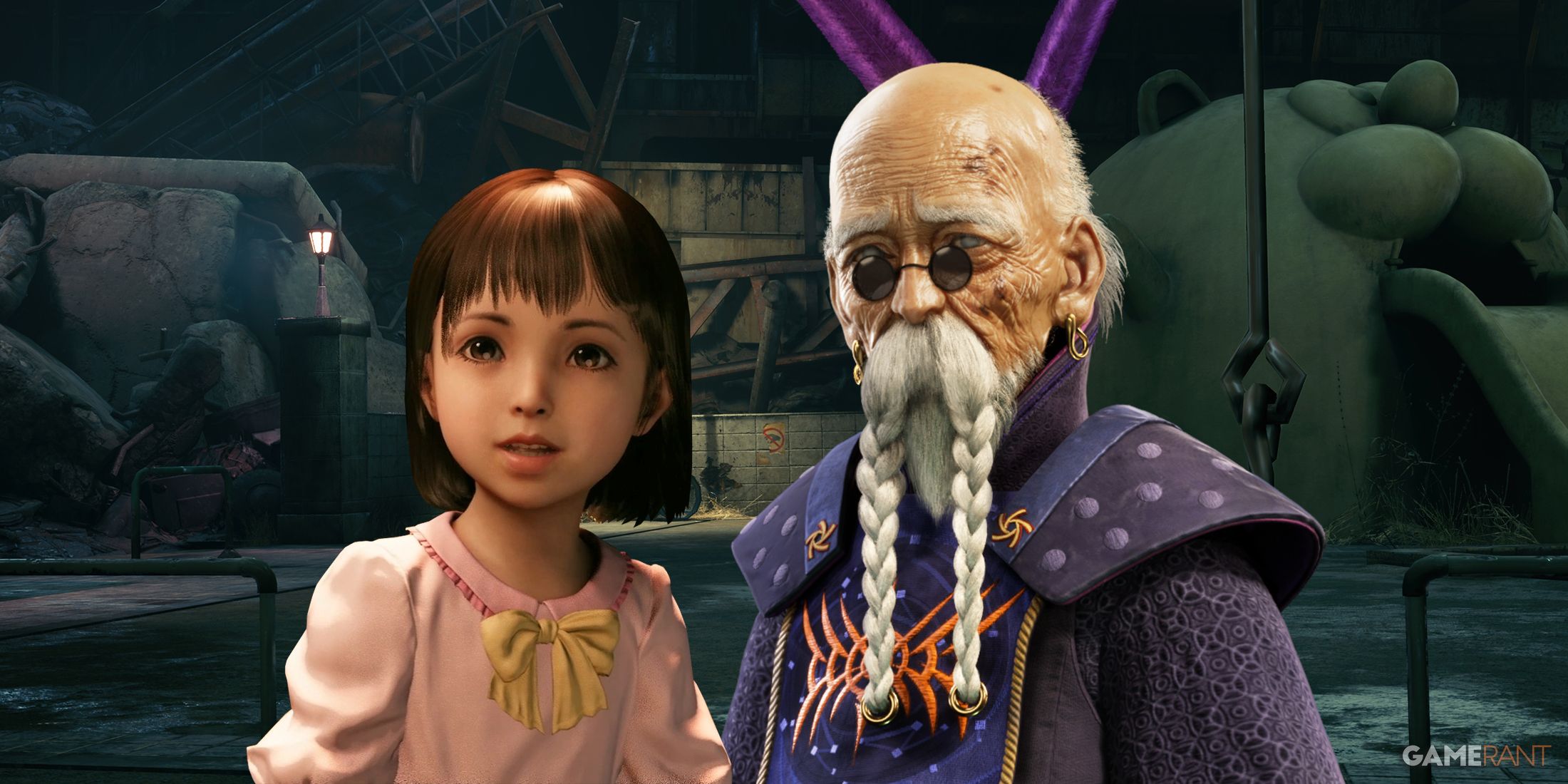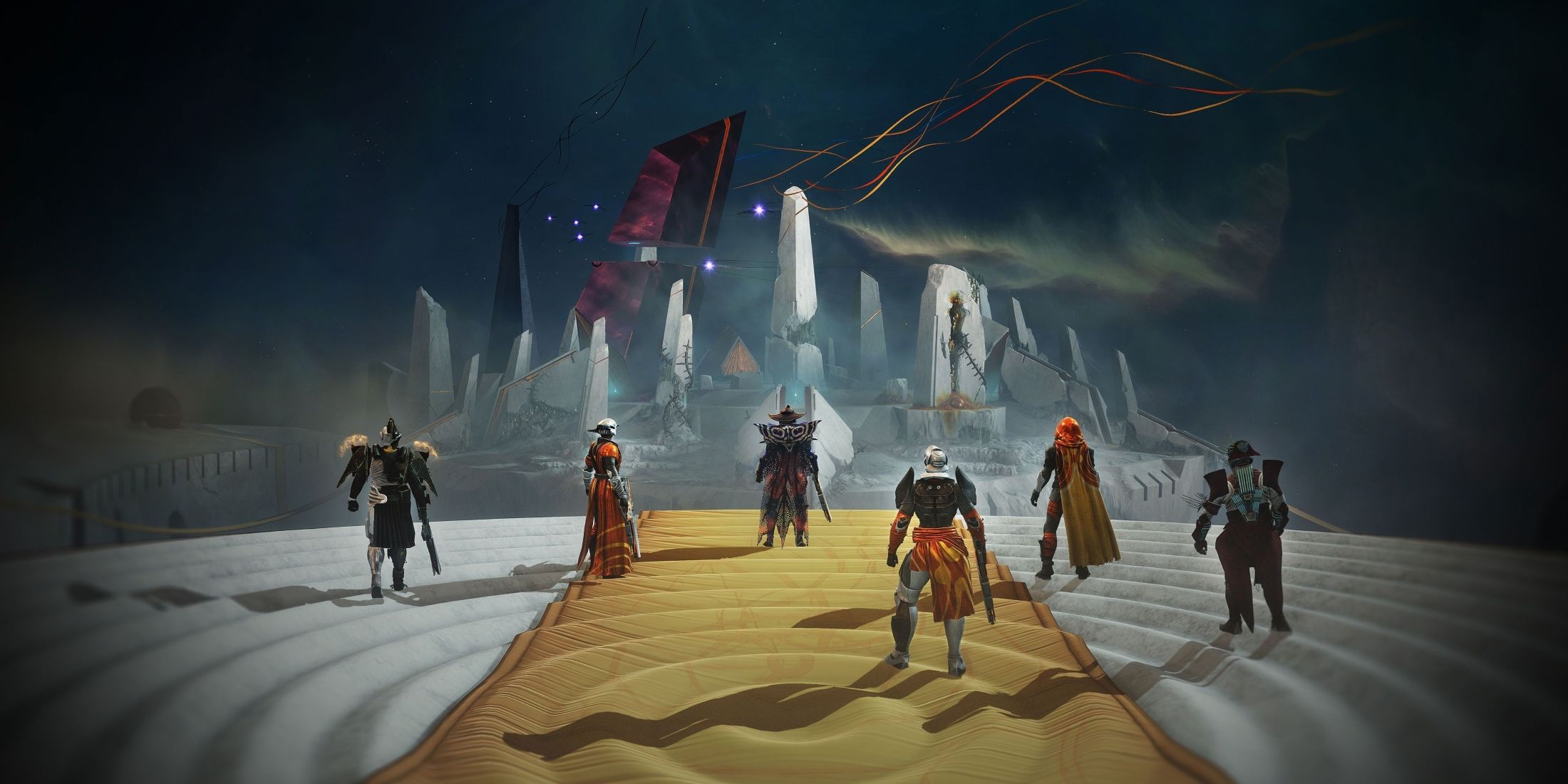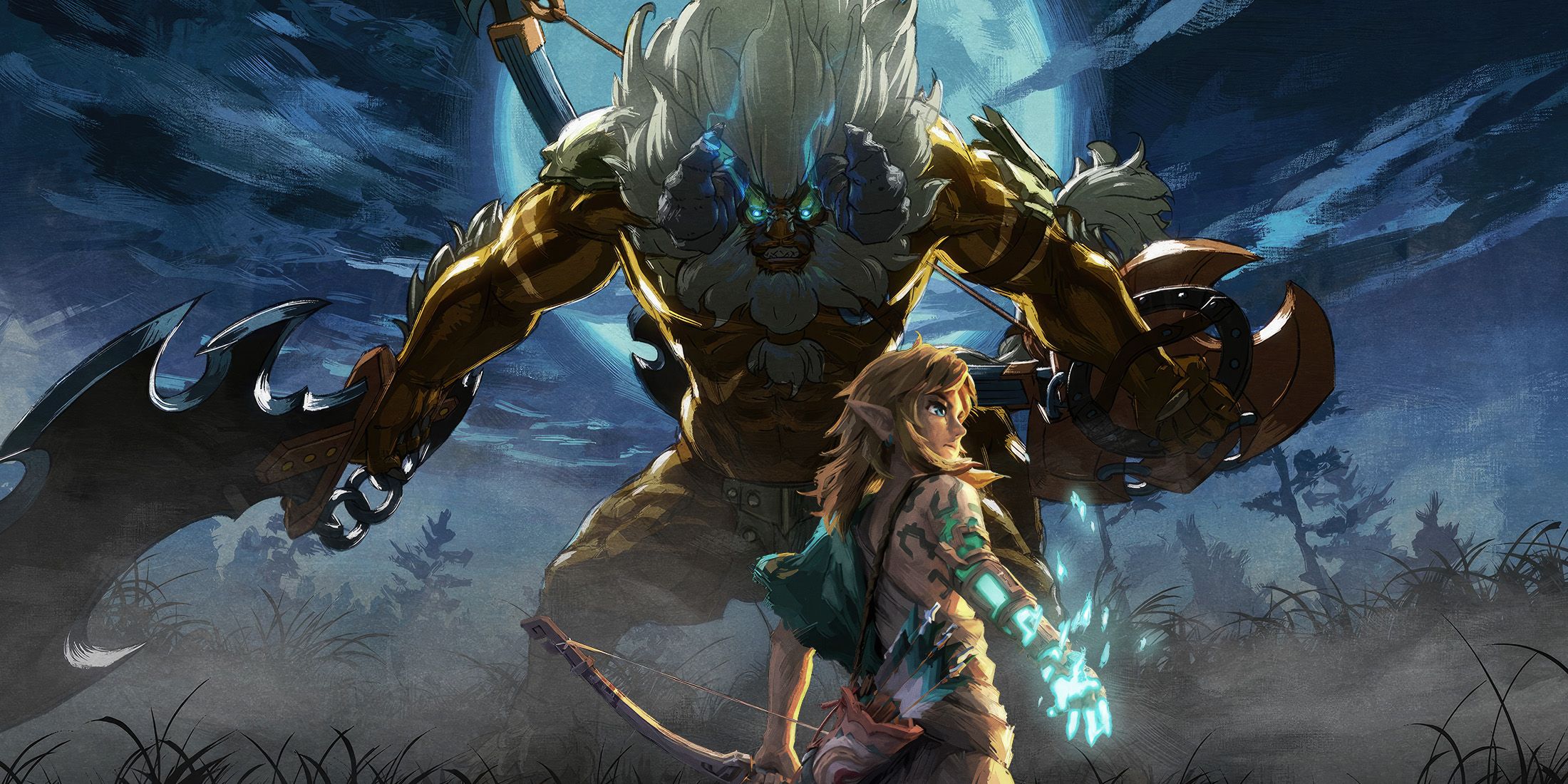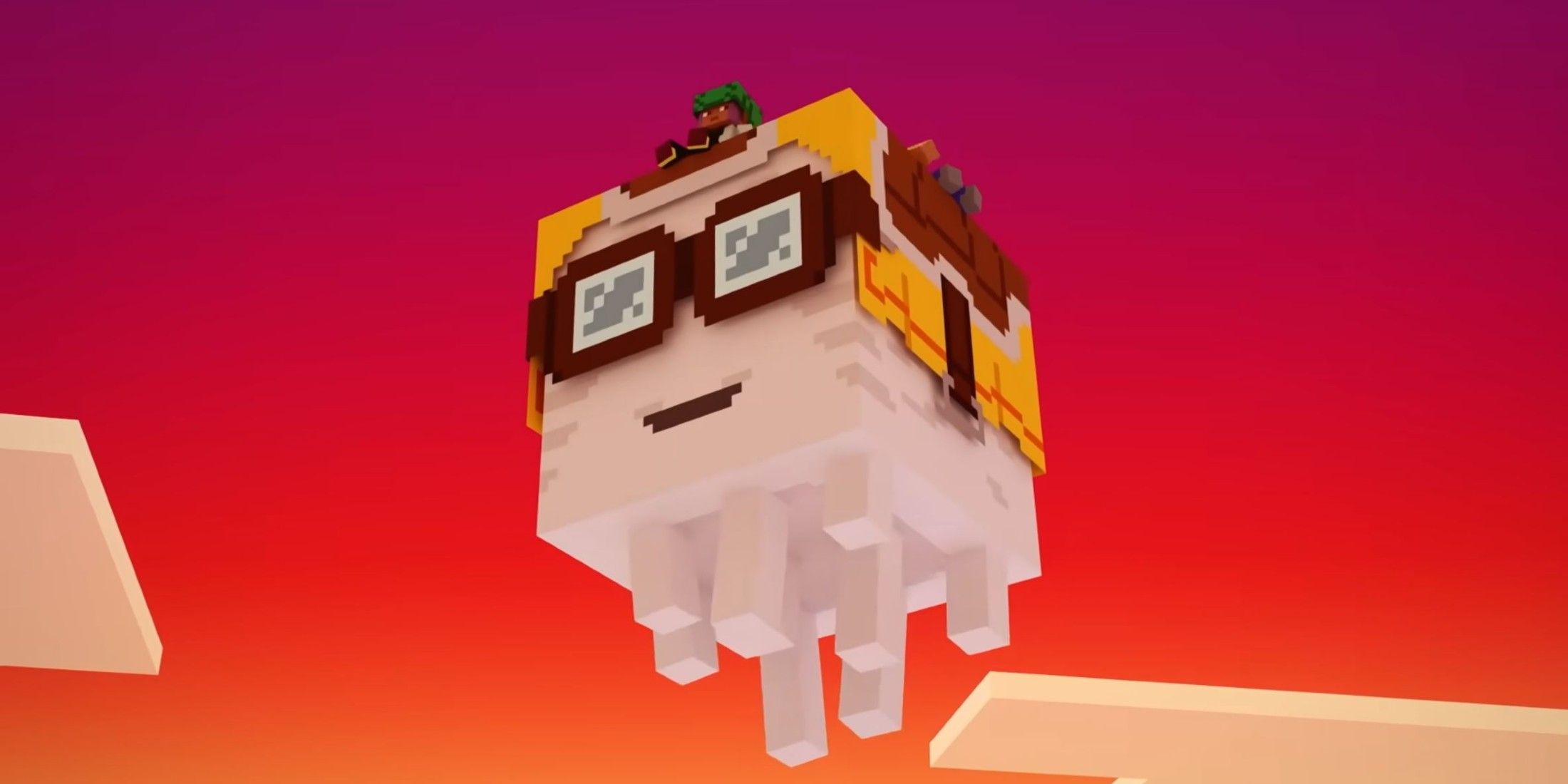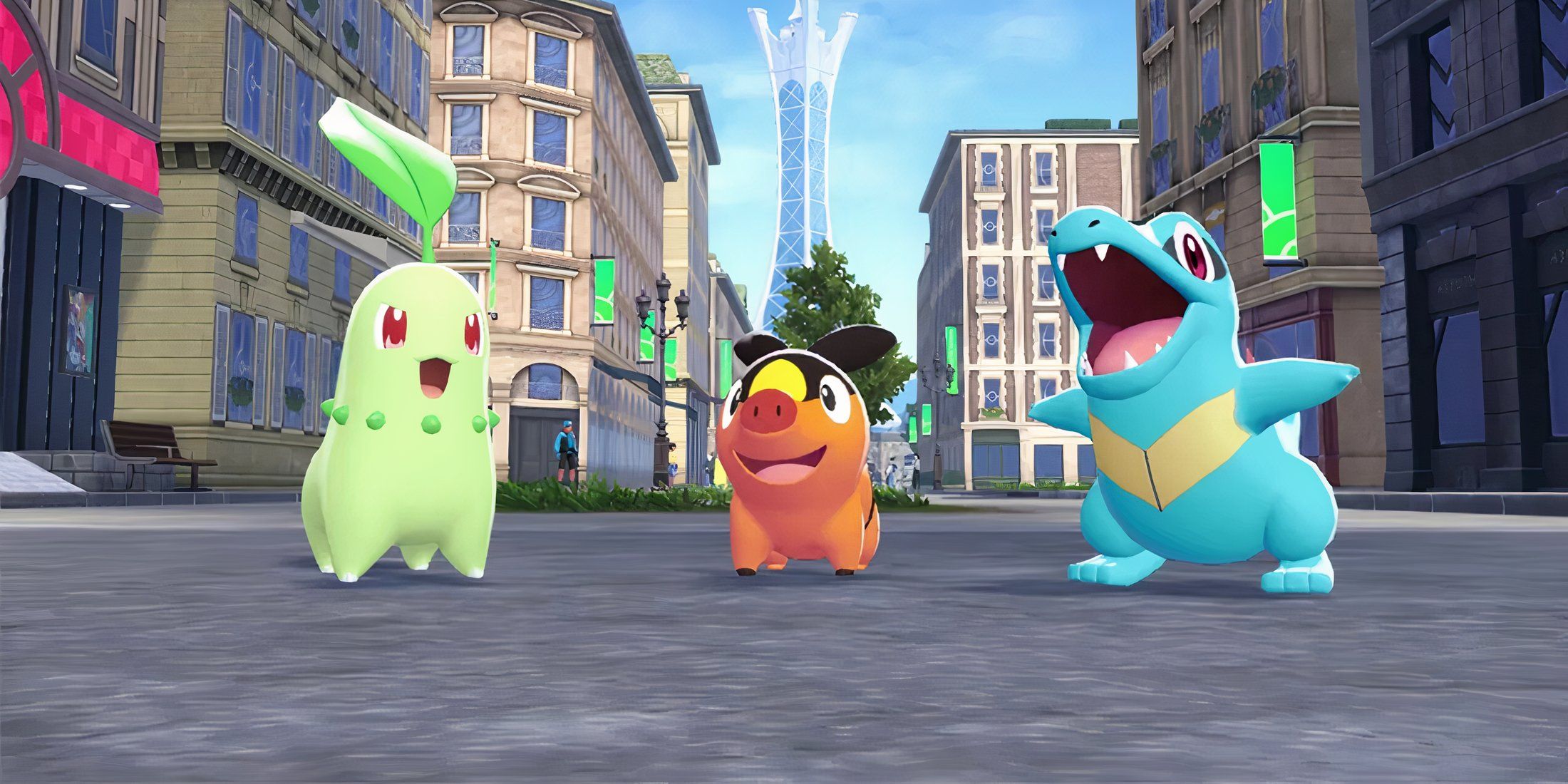
The technology of the ’90s, including innovations in 3D graphics and affordable storage in the form of CD-ROMs, opened doors for a new generation of video game innovators. One of them was Kenji Eno.
Eno’s games became known for their singular creativity, though they never managed to land major commercial success. But that was all part of what kept Eno going and inspired his fervent work ethic and indie-first mindset.
“Eno's work serves as a lesson in overcoming hardship,” says John Andersen, a writer and video game historian. “Eno's point-of-view was: Forget about the societal norms that you believe are blocking you. Bring your creativity out of the shadows and into the world.”
I have always found it fascinating that someone can be "ahead of their time." In his two decades making games, Eno certainly proved to fit the bill. Nowadays, it is common to find walking simulators like Firewatch and What Remains of Edith Finch that position the narrative first—cinematic-driven experiences that zero in on oddity rather than rogue-like difficulty. Eno was first to explore this now accepted game design aesthetic. Still, his best-known game, D, is barely a footnote in video game history. Perhaps if he had been producing D today, the game and his work might have found even wider acceptance.
Humble BeginningsOn March 1, 1994, Eno founded Warp, a game studio that would go on to produce his most recognized work. The studio was every bit a startup, with a limited staff and resources that would influence which platforms the studio focused development on. A few years before the original PlayStation launched and quickly dominated the marketplace, Tripp Hawkins, founder of Electronic Arts, left to start the 3DO Company. Among its largest feats was the 3DO Interactive Multiplayer, a 32-bit gaming console at the cutting edge with its use of CD technology and 3D polygonal graphics. Eno was attracted to how affordable it was to develop for the console. Using the 3DO’s technical capabilities, he aimed to develop an ambitious filmic game experience that would become 1995’s D.
At a time when “survival horror” was still months—or, in Resident Evil’s case, a year—away, Warp published the game. The story follows Laura Harris as she investigates a hospital after her father has a psychotic break, resulting in a mass-murdering spree (with a controversial side of cannibalism).
The game plays a bit like Myst. Every move the player makes is matched on screen with dramatic cinematic sequences. Coupled with an extremely ominous and moody soundtrack composed by Eno himself, D was a commercial success at the time, selling a million copies in its native Japan and becoming a system seller on the 3DO. In the States, it became a cult classic, launching Eno’s name into the stratosphere of the gaming public.
Game Developers Are Rock Stars“What I respected most about Eno was that he wanted a better working environment for Japanese game developers,” Andersen says. “He had seen how American game developers operated in the early-to-mid 1990s; he wanted the same environment for Japanese game developers.”
More From Games Non-Trivial PursuitThis AI Resurrects Ancient Board Games'and Lets You Play ThemSamantha HuiQi Yow
Non-Trivial PursuitThis AI Resurrects Ancient Board Games'and Lets You Play ThemSamantha HuiQi Yow human kindYoko Taro Foresees the End of Video Games as We Know ThemJoshua Khan
human kindYoko Taro Foresees the End of Video Games as We Know ThemJoshua Khan stereotypesOh, This Game Set in Latin America Has a Coup? How OriginalGabriel Solis
stereotypesOh, This Game Set in Latin America Has a Coup? How OriginalGabriel SolisWhile American developers like John Romero and John Carmack of id Software stepped into the spotlight, speaking out for their games openly and with definable charisma, Japanese game companies were highly structured and culturally devoid of interaction with their audience. Japanese developers seldom looked past their current projects and treated each game as work to be done, moving on without any participation in the title’s marketing or publicity. Eno wanted Japanese developers to be more like rockstars. “He was a very outspoken guy, which is why he chose to strike out on his own.”
His next game, Enemy Zero, took players into deep space. Something goes wrong on the AKI spacecraft, which had been a center of biological research. A recognizable likeness, Eno opted to use D’s Laura as the protagonist, but instead of retaining the game’s previous character narrative, she was instead used as a sort of digital actress. This was something Eno did with many of his characters across games, perhaps inspired by how film auteurs often favor a recurring cast of actors in their films.
Kenji Eno's innovative approach to video game design paved the way for new frontiers in interactive entertainment, blurring traditional boundaries and establishing him as a pioneer reshaping our perception of digital narratives.
Kenji Eno paved a trailblazing path for video game innovation, establishing new frontiers in the world of gaming with his groundbreaking concepts and designs.
Commenting on the groundbreaking achievements of Kenji Eno in video games, his innovative contributions spurred a new era for game design and narrative advancement.
Kenji Eno paved new territories for video games with his innovative designs that pushed the boundaries of interactive storytelling and gameplay mechanics, revolutionizing how we experience electronic entertainment.
Kenji Eno paved the way for video games to break new ground, blending innovative gameplay with immersive stories that reshaped how we engage and interact in digital entertainment.
Kenji Eno's revolutionary contributions to video games paved the way for groundbreaking artistic expressions and game designs, reshaping our understanding of interactive entertainment.
Kenji Eno's groundbreaking work in the realm of video games redefined narrative more profoundly than any other developer, paving new trails for storytelling and immersion.




